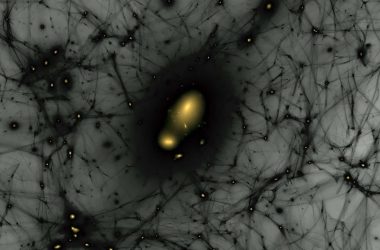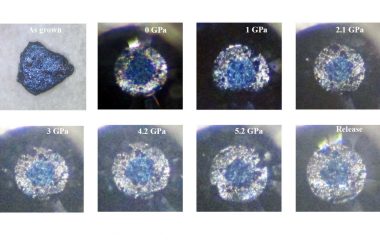The ice was made by colliding very cold steel ball bearings with regular ice
Christoph Salzmann
Introduction
Scientists at the University College London have discovered a new form of ice called amorphous ice. This type of ice does not have a structured crystal arrangement, and it could provide valuable insights into the behavior of liquid water.
The Unexpected Experiment
Researchers were surprised to find a gap between two known forms of amorphous ice: high-density and low-density. It was believed that medium-density amorphous ice (MDA) could not exist. However, a team led by Christoph Salzmann placed regular hexagonal ice into a tumbler with steel ball bearings cooled to -200°C (-328°F), resulting in the creation of MDA. This unexpected experiment yielded significant findings.
A New Understanding of Water
The fine white powder produced during the experiment had a density similar to liquid water. This suggests that it may be water in a glass phase, which behaves like a liquid even at extremely low temperatures. This discovery challenges previous theories that supercooled water exists in two separate liquid phases, with one floating atop the other. Understanding MDA could enhance our knowledge of liquid water.
Potential Implications for Icy Moons
MDA may play a crucial role in the icy moons of the outer solar system. These moons experience intense shear forces due to the gravitational pull of their host planets, creating favorable conditions for MDA formation. The researchers also observed that when the MDA ice was warmed up, it released a significant amount of heat. This finding suggests that MDA could influence the geological activity of these moons.
Conclusion
The discovery of amorphous ice and the existence of medium-density amorphous ice open up new avenues for understanding the behavior of water. Further research on MDA could provide valuable insights into the properties of liquid water and its impact on various celestial bodies.








